Summary
- The Walking Dead lacks realism, characters appear too clean for an apocalyptic setting, undermining authenticity.
- American Primeval excels in gritty realism, characters reflect harsh frontier life, enhancing storytelling immersion.
- Realism plays a crucial role in enhancing audience engagement in storytelling, The Walking Dead could learn from Netflix.
AMC’s The Walking Dead has long been a staple of apocalyptic storytelling, captivating audiences with its harrowing tales of survival amid hordes of the undead. Yet, as the seasons wore on, some fans began to notice that the show’s aesthetics didn’t always match its grim narrative. The Walking Dead characters often appeared surprisingly clean for individuals supposedly living in a world without access to modern conveniences. In stark contrast, Netflix’s American Primeval has raised the bar for gritty realism in its depiction of life on the frontier.
By leaning into the brutal and messy reality of its setting, American Primeval offers a vivid example of how attention to detail can enhance immersion. The Walking Dead could learn a thing or two about making its world feel as unforgiving as it’s meant to be.
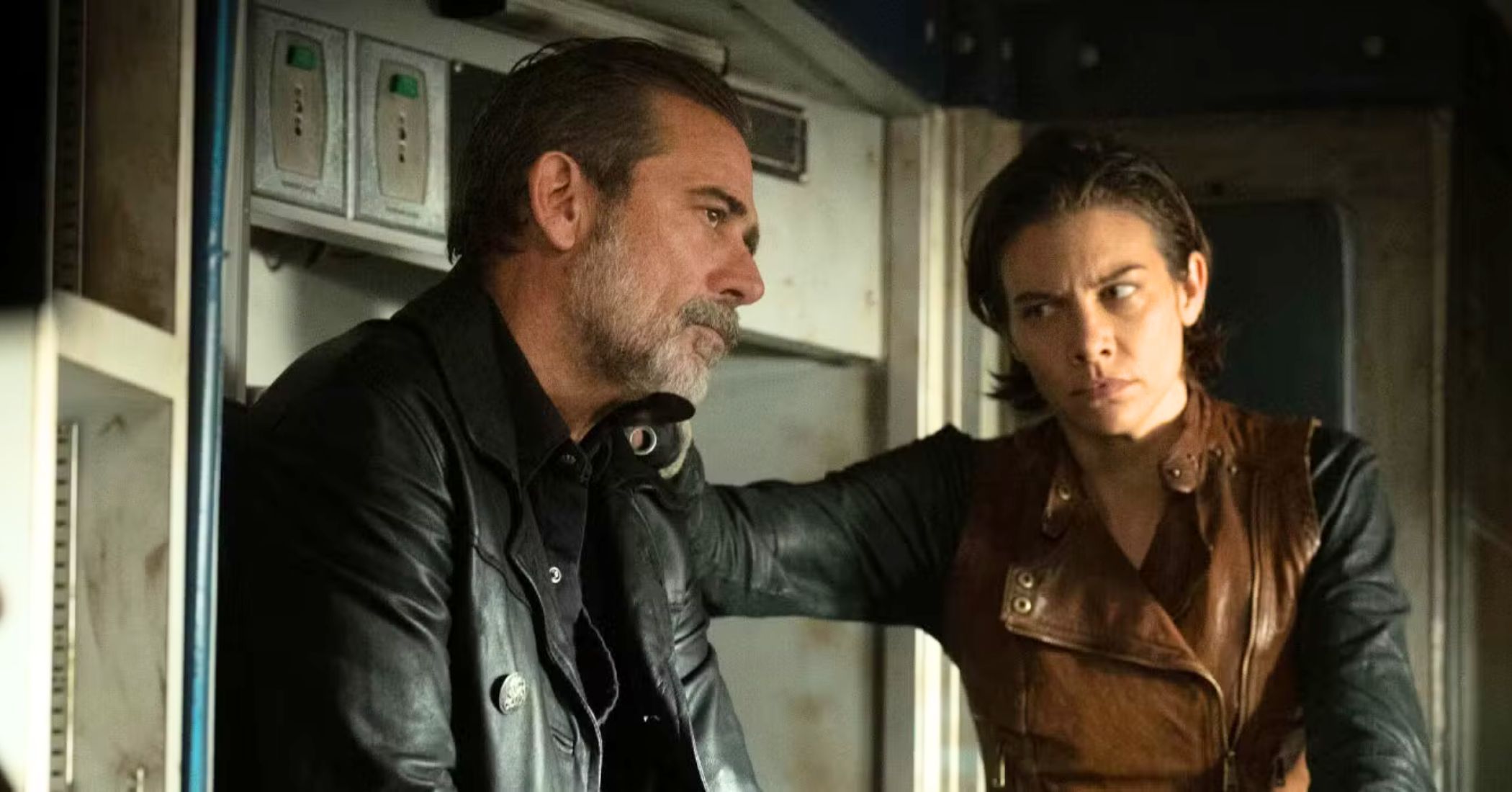
Related
The Walking Dead: Dead City Season 2’s New Villain Will Be Its Worst Yet
The Walking Dead: Dead City Season 2 will introduce a brand new villain and they will be one of its most vicious yet.
The Walking Dead Isn’t Grungy Enough
While The Walking Dead boasts plenty of compelling drama, suspense, and gore, it often falls short in one crucial area: visual realism. The world of the show is meant to be ravaged by years of apocalyptic decay, yet the characters’ appearances frequently betray that idea. Sure, there are moments when someone’s face is smudged with dirt or their clothes look torn, but these details often feel more like a carefully constructed costume than an organic consequence of their environment.
Take, for example, the later seasons of the show. Characters like Michonne, Rick, and Daryl are depicted as battle-worn survivors who have spent years fighting for their lives. Yet, they often appear suspiciously well-groomed. Their hair, while intentionally tousled, still looks a bit too styled for a world without salons. Their skin is dirty, but in a way that suggests a makeup artist meticulously applied the grime. It’s a small detail, but one that undermines the authenticity of the show’s premise.
|
The Walking Dead |
|
|---|---|
|
Showrunner |
|
|
Developed By |
Frank Darabont |
|
Starring |
|
In a world where soap is scarce, laundry is an afterthought, and personal hygiene is a luxury, viewers might expect characters to look significantly worse for wear. The lack of realistic dirt, blood, and wear-and-tear on clothing takes away from the immersive experience, reminding audiences that they’re watching a television show rather than witnessing a plausible post-apocalyptic scenario.
American Primeval Shows How It’s Done
On the other hand, American Primeval fully embraces the harsh realities of its setting. This western series plunges viewers into a brutal frontier world where life is dirty, bloody, and unrelentingly grim. The characters’ appearances reflect the unforgiving environment they inhabit. Covered in layers of grime and dried blood, they look as though they’ve lived every second of their brutal existence.
|
American Primeval |
|
|---|---|
|
Director |
Peter Berg |
|
Writer |
Mark L. Smith |
|
Starring |
|
This commitment to authenticity isn’t just about aesthetics; it enhances the storytelling. When a character in American Primeval is injured, the lingering bloodstains and torn clothing remind viewers of their struggles and raise the stakes of their journey. The pervasive dirt and sweat on their faces emphasize the physical toll of their environment, making their survival feel more earned. It’s a level of attention to detail that draws audiences deeper into the world, making them feel the hardship alongside the characters.
Moreover, American Primeval doesn’t shy away from showing the consequences of its characters’ actions. Whether it’s a brutal fight or a grueling trek through the wilderness, the toll is evident on their bodies and clothing. This approach not only makes the world feel more believable but also heightens the emotional impact of the story. When characters are visibly battered and bruised, their victories feel more satisfying, and their losses hit harder.
Why Realism Matters
While The Walking Dead has never pretended to be a documentary, realism plays a crucial role in helping audiences suspend their disbelief. The more authentic a world feels, the easier it is for viewers to become emotionally invested in the characters and their struggles. By skimping on the grungier aspects of survival, The Walking Dead risks creating a disconnect between its story and its audience.
American Primeval demonstrates how embracing messiness can enhance a show’s impact. Its characters look like they’ve truly lived through the horrors they face, and that realism makes their stories resonate more deeply. The Walking Dead could benefit from taking a similar approach, particularly in its portrayal of the physical toll of its apocalyptic setting.
The Walking Dead could benefit from taking a similar approach, particularly in its portrayal of the physical toll of its apocalyptic setting.
If the characters in The Walking Dead were allowed to get as dirty and bloodied as those in American Primeval, it could breathe new life into the show’s aesthetic. Imagine a world where Rick’s beard is not just a sign of his ruggedness but also a matted mess of dirt and blood, or where Carol’s carefully crafted survivalist image is marred by the realities of years on the road. These changes wouldn’t just make the show look more realistic—they’d also make its stories feel more visceral and immediate.
In the end, both The Walking Dead and American Primeval aim to tell stories of survival in unforgiving worlds. But by leaning into the messiness of its setting, American Primeval sets a new standard for gritty realism. If The Walking Dead takes a page from Netflix’s playbook, it might recapture some of the raw, visceral energy that made its early seasons so memorable. After all, in a world overrun by the undead, there’s no room for clean edges and careful dirt.

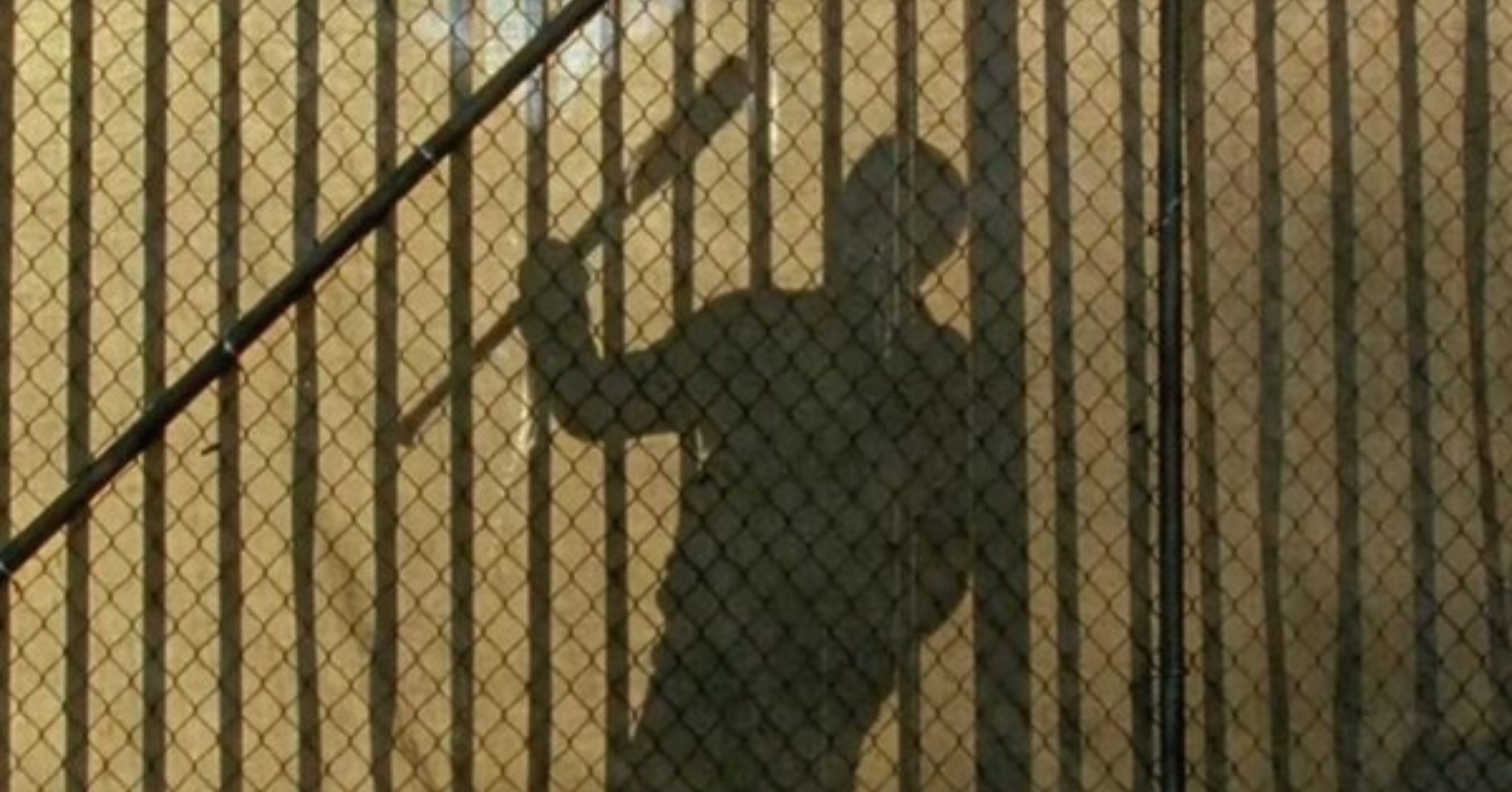
Related
The Walking Dead Creator Reveals Negan’s Most Iconic Line Was a Mistake
The Walking Dead’s Robert Kirkman reveals that one of Negan’s most quotable lines was far from intentional.
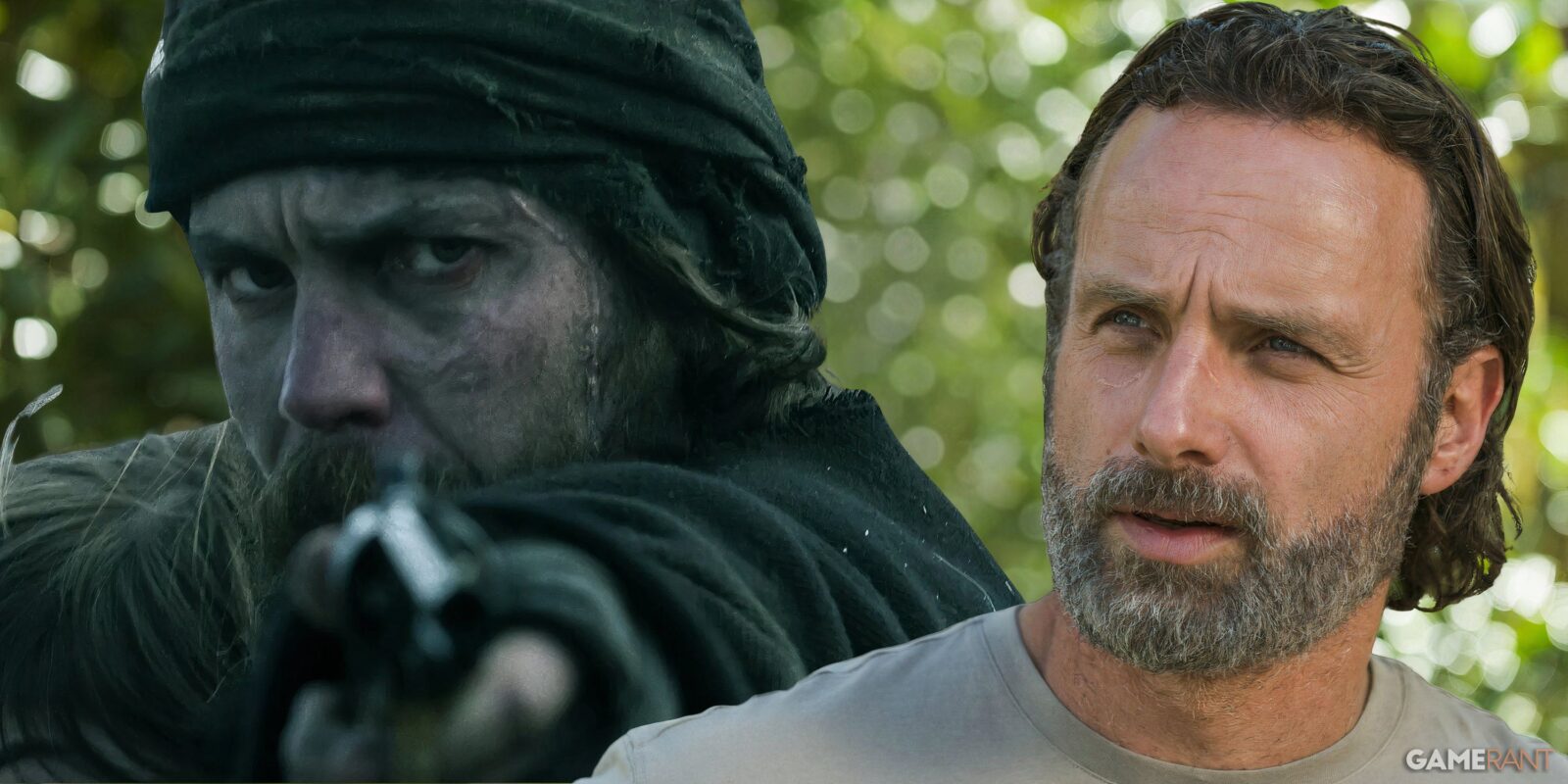
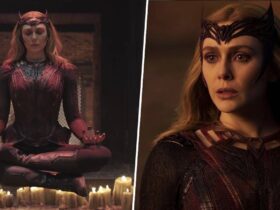
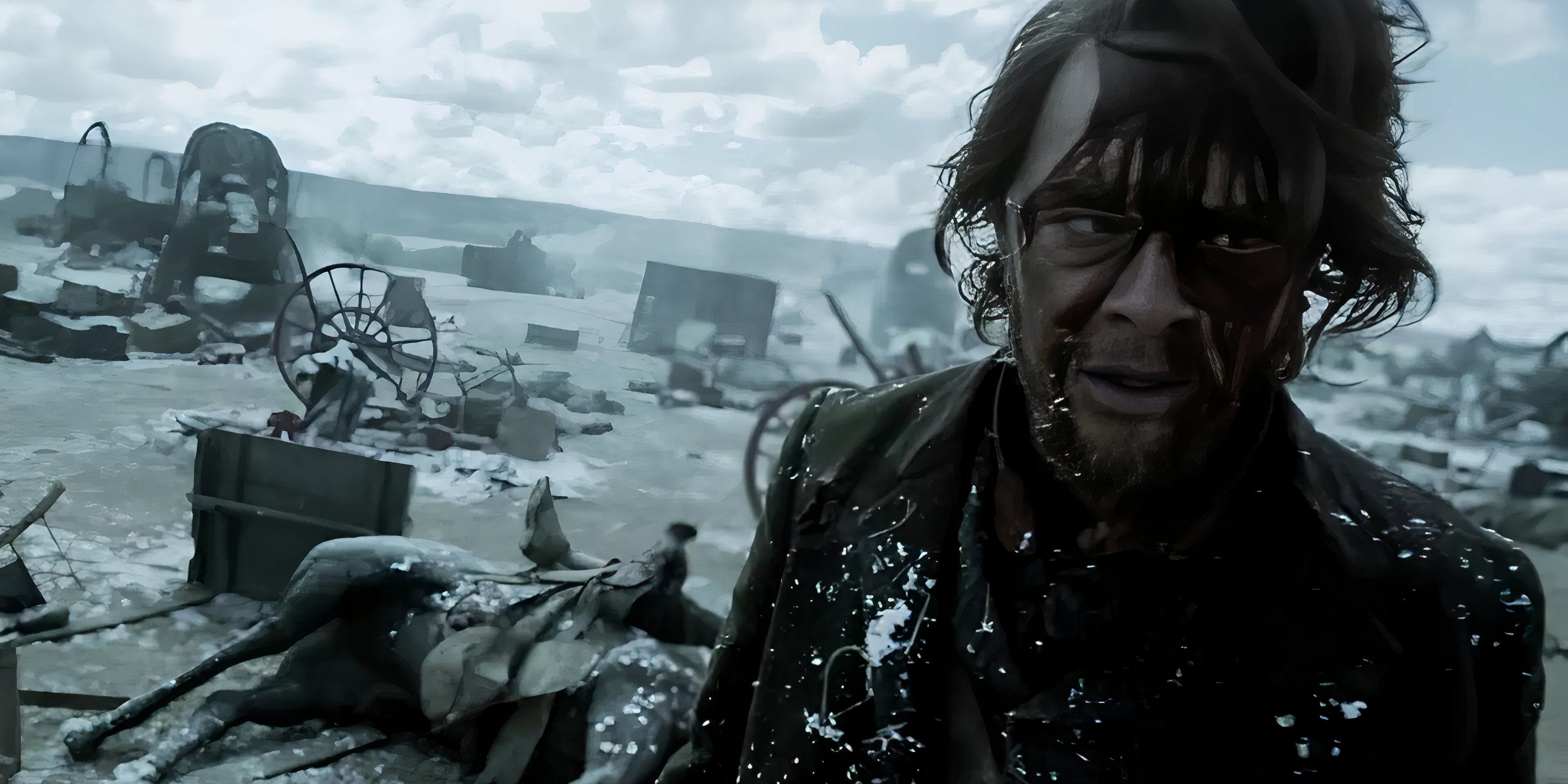









Leave a Reply